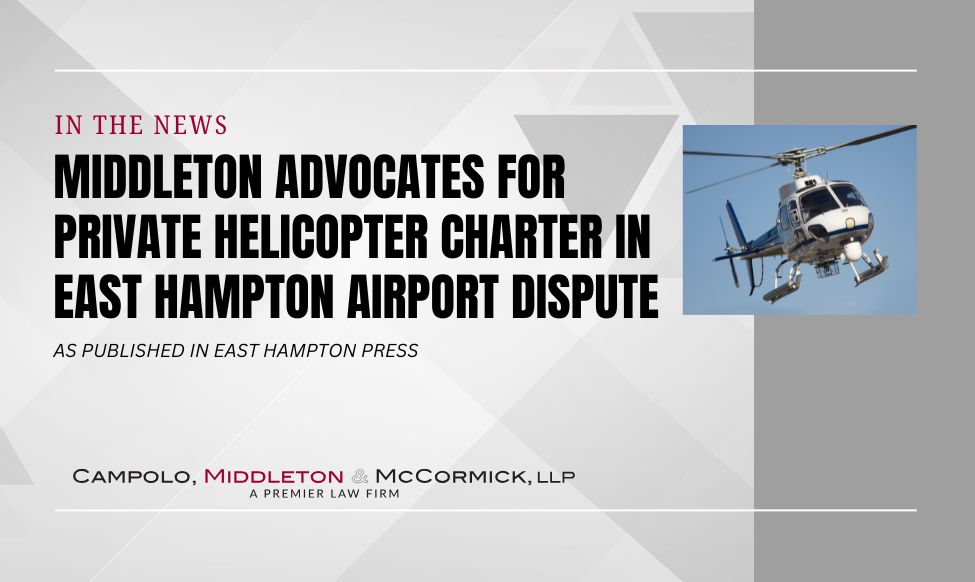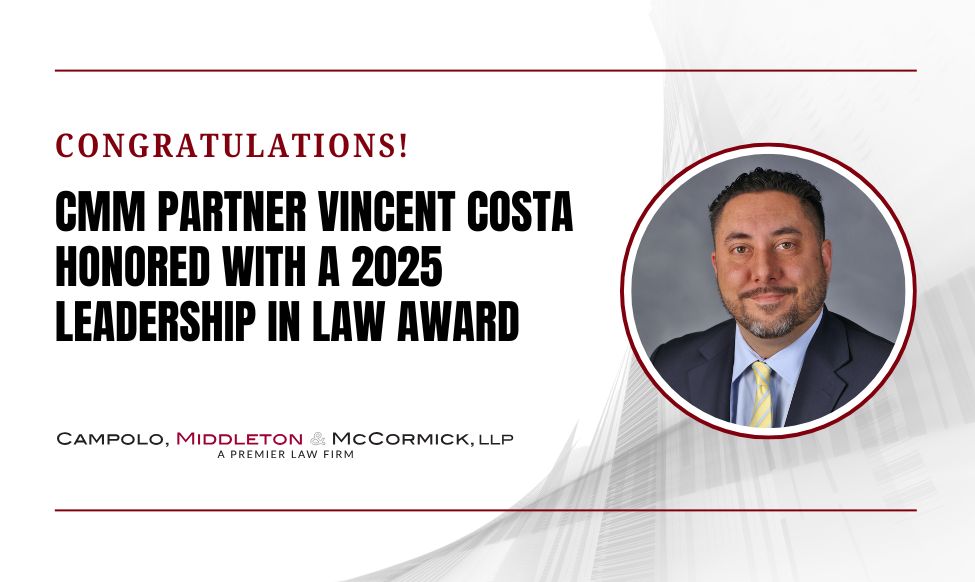As a new year begins, it is important to remind New York State employers and employees of the increased minimum wages that affect both hourly and salaried employees.
For hourly, non-exempt workers, please see the chart below for basic hourly minimum wage increases that go into effect as of December 31, 2025:
Minimum Wage Increase
| Geographic Location | 2026 Rate |
| NYC | $17.00 per hour ($0.50 increase) |
| Nassau, Suffolk, & Westchester | $17.00 per hour ($0.50 increase) |
| Remainder of New York State | $16.00 per hour ($0.50 increase) |
To the extent your business pays basic minimum wage, it is important to make sure that the increased wages are reflected as of December 31, 2025.
Tip Credit
New York State also allows employers in certain industries to satisfy the minimum wage by combining a cash wage paid by the employer plus a credit for tips the employee receives from customers. The minimum hourly rates New York employers must pay most tipped employees go into effect as of December 31, 2025:
Service Employees
| Geographic Location | 2026 Rate/Tip Credit |
| NYC | $14.15 / $2.85 ($0.40 /$0.10 change) |
| Nassau, Suffolk, & Westchester | $14.75 / $2.85 ($0.40/$0.10 change) |
| Remainder of New York State | $13.30/ $2.70 ($0.40/$0.10 change) |
Food Service Employees
| Geographic Location | 2026 Rate/Tip Credit |
| NYC | $11.35 / $5.65 ($0.35/$0.15 change) |
| Nassau, Suffolk, & Westchester | $11.35 / $5.65 ($0.35/$0.15 change) |
| Remainder of New York State | $10.70 / $5.30 ($0.35/$0.15 change) |
The “tip credit” rules can be difficult to follow, so it is important to track this information to ensure that tipped employees are receiving at least basic minimum wage, inclusive of tips, when calculating wages.
Salary Threshold for Overtime Exemption
As of January 1, 2026, the following minimum salaries must be paid for exempt administrative and executive employees:
| Geographic Location | 2026 Salary Threshold |
| NYC | $1,275.00 per week ($66,300.00 annually) |
| Nassau, Suffolk, & Westchester | $1,275.00 per week ($66,300.00 annually) |
| Remainder of New York State | $1,199.00 per week ($62,353.20 annually) |
It is important to update policies and pay practices to stay in compliance. If you have a question about minimum wage, overtime, or wage and hour exemptions, please contact us or call (631) 738-9100.
The information contained in this article is provided for informational purposes only and is not and should not be construed as legal advice on any subject matter. The firm provides legal advice and other services only to persons or entities with which it has established an attorney-client relationship.








